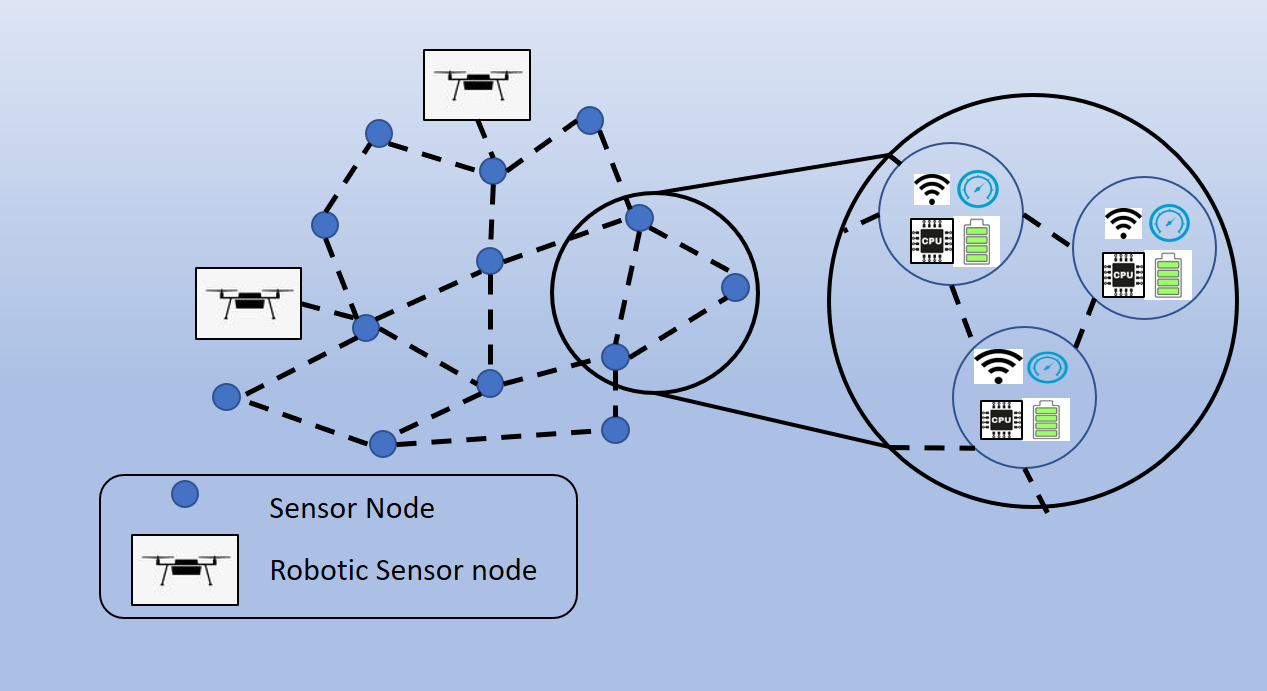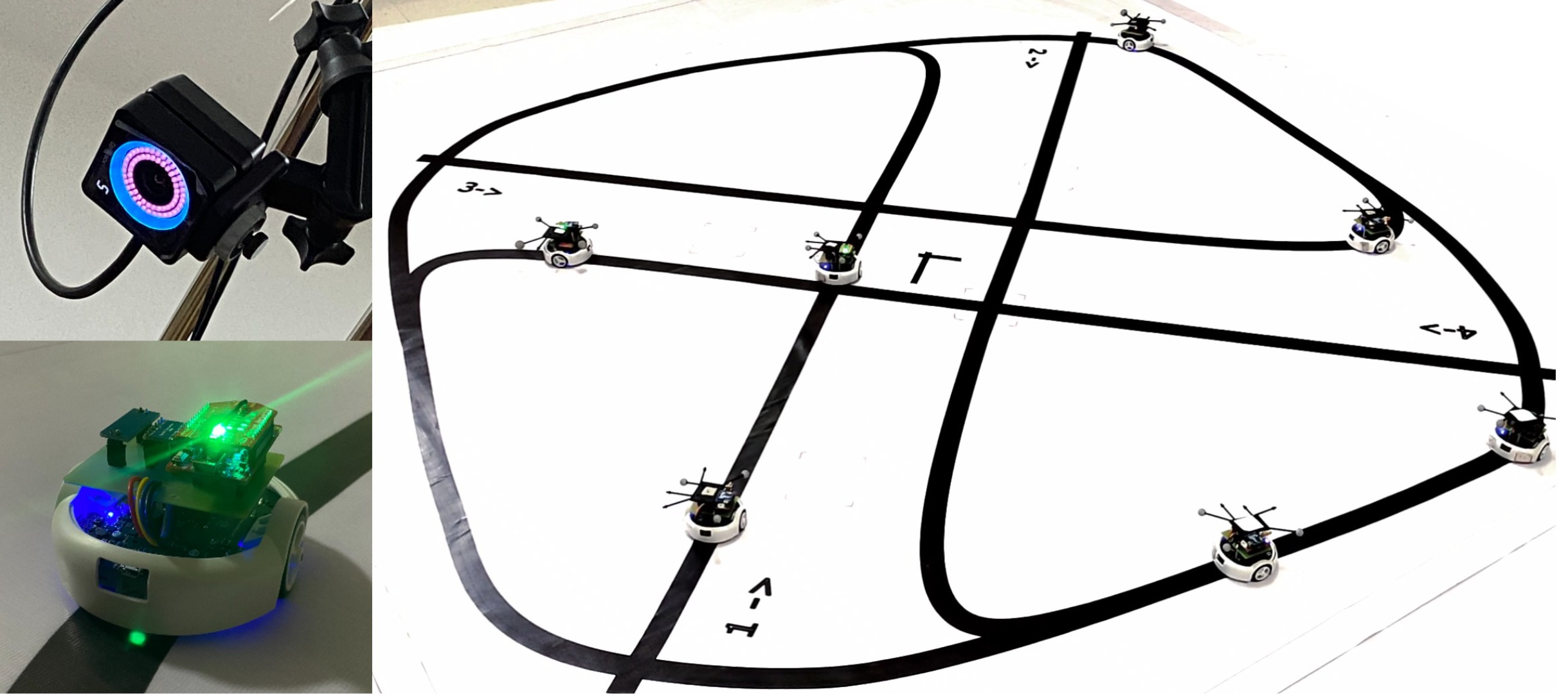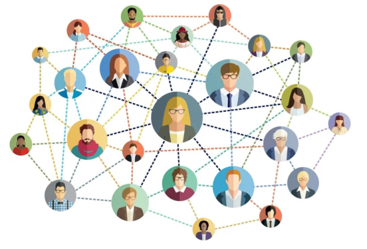

In many emerging control applications, the sensing, computing and control nodes may be low powered and with limited capabilities even as the decision making is distributed, with each node having only partial information. Further, sensor and actuator signals must be communicated over a possibly ad-hoc network that has poor latency and throughput. Thus, design and efficient operation of such systems requires us to go beyond classical paradigms to an integrated (cyber physical systems) approach to the design of communication, computing and control. A particular design approach with this spirit is that of event-triggered control. The main idea of event-triggering is to communicate information between different nodes of a system only when the information is deemed to be necessary towards meeting a control goal. The versatility of its basic principle allows event-triggered control to be used for the design of efficient networked control systems for a wide range of control goals under various information patterns.

In many emerging robotics applications, the number of robots that participate can be very large and there may in fact be a need for traffic management. An example application is that of hundreds or possibly thousands of mobile robots moving goods in large warehouses. With this motivation, we have been investigating the problem of traffic management for robots at an intersection without the use of traffic signals. In particular, our aim has been to design online traffic control only through inter-robot communication and coordinated control. This problem is computationally very demanding because it involves both optimization of control trajectories of the vehicles as well as the combinatorial optimization of the order of intersection usage. Further, there are safety constraints and bounds on velocities and control of the robots. Moreover, we require the problem to be solved in near real-time. We use multi-agent reinforcement learning in combination with sequential optimization to come up with policies that are provably safe, and achieve near-optimal coordination in a distributed manner for a wide range of traffic conditions.

In many societal scale engineering problems, understanding how the choices/opinions/actions of large populations or of individuals in a social network evolve is of great importance. As examples, consider the problem of how a large fleet of independent taxis moves through a day in response to various factors such as perceived demand and profitability. Or consider how travel mode choices of a population evolve in response to infrastructure development or in response to disruptive changes. Understanding dynamics of such social systems is of great value and can help us engineer better societal scale systems and policies as well as help mitigate adverse impact on populations due to major disruptions.